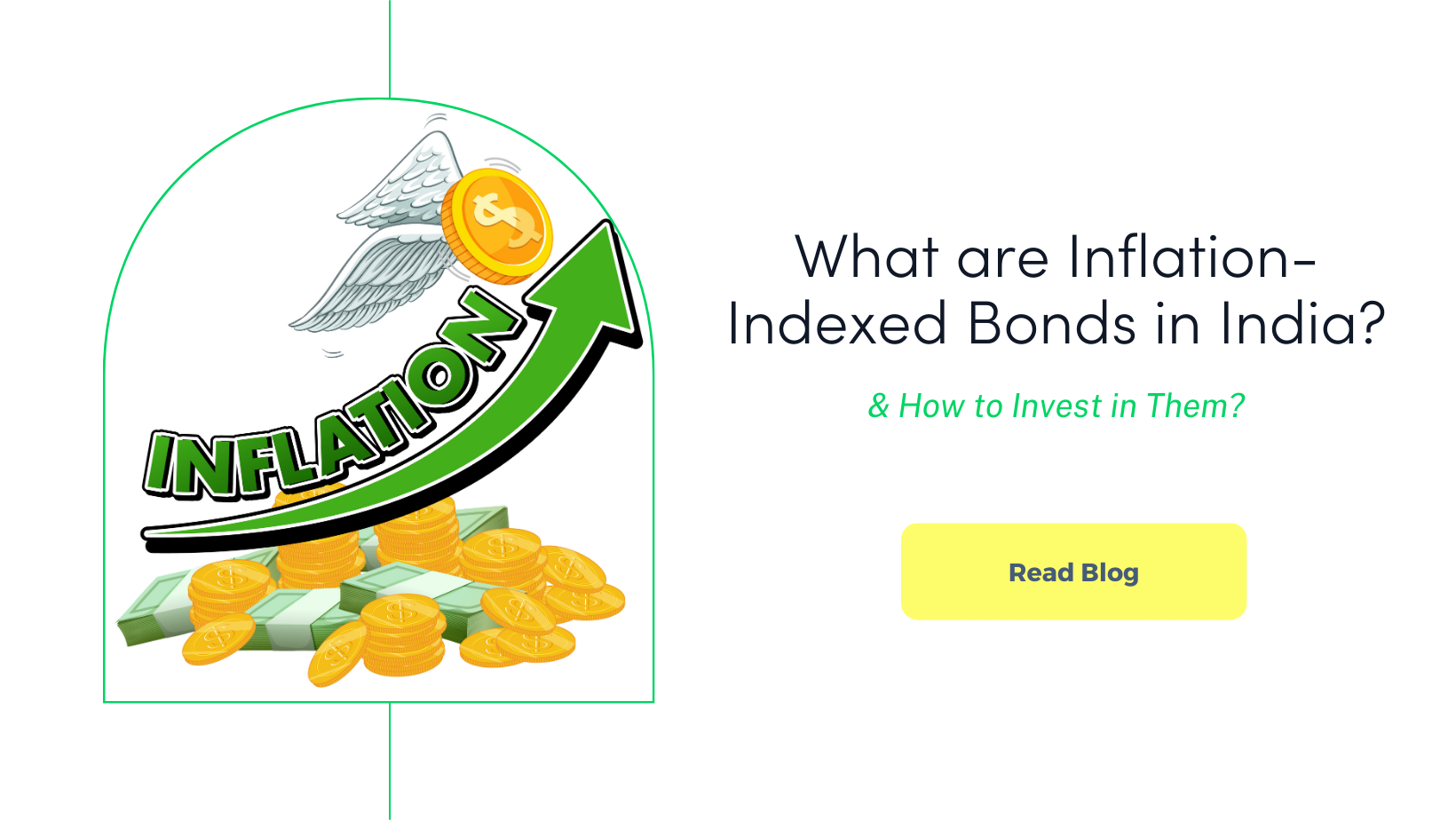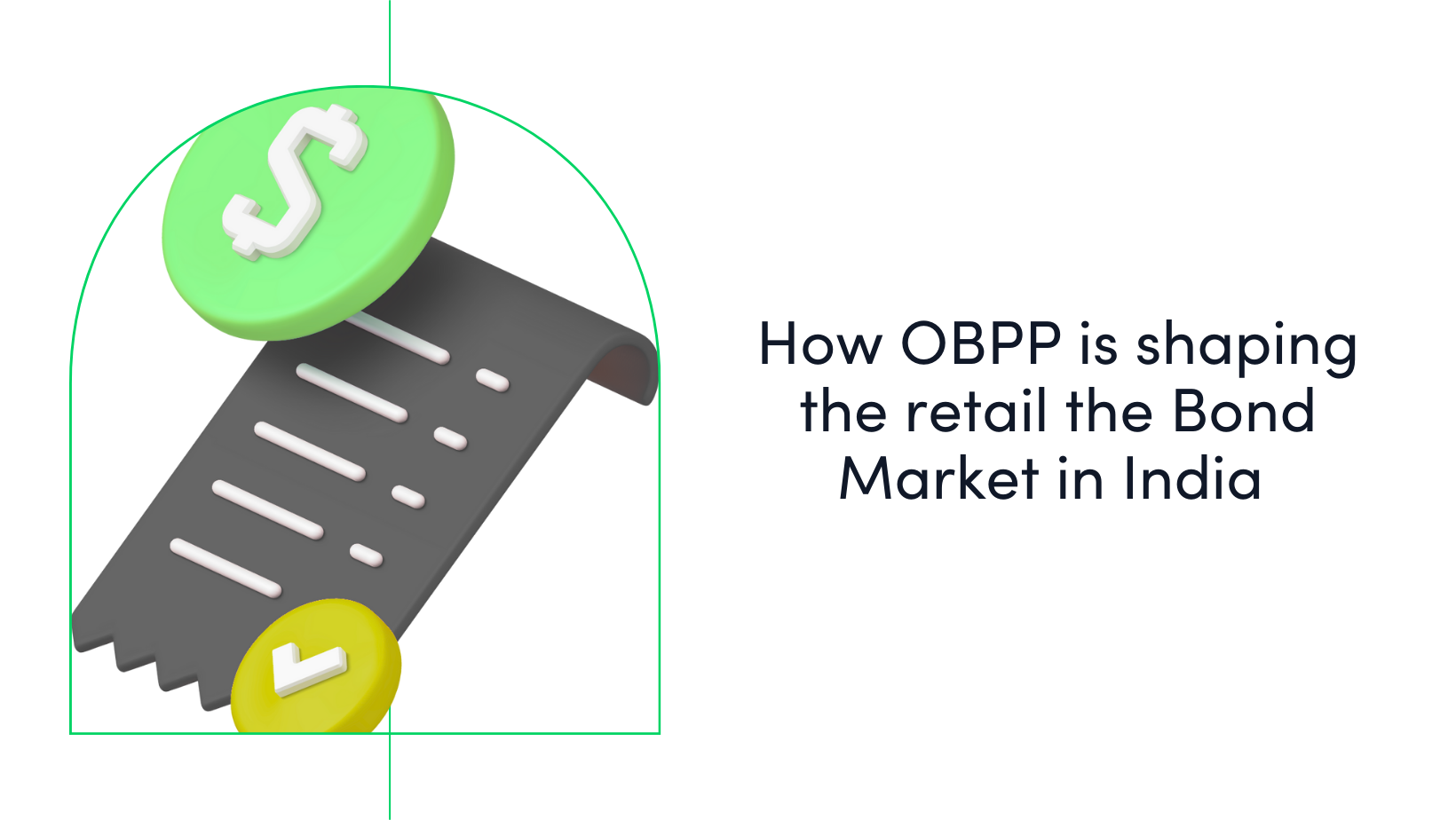Earn 9%–15% on Senior Secured Bonds.
Lower risk. Fixed returns. Start investing on Aspero with just ₹10,000.
Explore Bonds


How To Look at a Company’s Credit Rating To Evaluate Your Investments
Investing in bonds can be a prudent strategy for those seeking stability and predictable returns. However, understanding bond ratings is crucial for making informed investment decisions. An Issuer’s credit rating provides insights into the creditworthiness of bond issuers and play a significant role in shaping investment strategies. This blog will delve into the intricacies of credit ratings in India, explaining what they mean and how they can impact your investments.
What Are Investment-Grade Bonds?
Investment-grade bonds are debt securities rated by credit rating agencies as having a relatively low risk of default. These bonds are generally issued by entities with strong financial stability and a reliable track record of repaying debt. Investment-grade ratings typically range from AAA to BBB (or its equivalent) on the rating scale.
Examples of investment-grade bonds include:
- Government Bonds: Issued by the central or state governments.
- Highly Rated Corporate Bonds: Issued by established companies with solid financials.
Investment-grade bonds are favored by risk-averse investors due to their lower risk compared to high-yield or speculative-grade bonds.
What is a Credit Rating?
Credit rating is an assessment provided by credit rating agencies that evaluates the creditworthiness of a borrower, be it a corporation, government, or other entities. This rating reflects the issuer’s ability to repay its debt obligations, including interest and principal. Credit ratings are expressed as letter grades, with higher grades indicating lower risk.
Credit ratings help investors gauge the likelihood of default and make more informed decisions about where to allocate their capital.
Credit Rating In India
In India, credit ratings are provided by several prominent agencies, including:
- CRISIL (Credit Rating Information Services of India Limited)
- ICRA (Investment Information and Credit Rating Agency)
- CARE Ratings (Credit Analysis & Research Limited)
- Brickwork Ratings
These credit rating agencies evaluate bonds based on the issuer’s financial health, economic conditions, and other relevant factors.
The Credit Rating Spectrum

credit ratings in india
Credit ratings in India are classified into several categories, reflecting different levels of credit risk. Here’s a breakdown of the major types:
- AAA: The highest rating, indicating an extremely low risk of default. Example: Government of India securities.
- AA: High credit quality with a low risk of default, though slightly lower than AAA. Example: Bonds from large, financially sound corporations.
- A: Adequate credit quality, but more susceptible to adverse economic conditions. Example: Bonds from medium-sized companies with stable financials.
- BBB: Investment grade, but more vulnerable to economic downturns. Example: Bonds from companies with moderate financial stability.
- BB and Below: These are non-investment-grade or speculative-grade bonds. Example: High-yield bonds issued by companies with weaker financial health.
Users Of Credit Ratings
Credit ratings are utilized by a variety of stakeholders, including:
- Investors: To assess the risk of default and decide on bond investments.
- Issuers: To attract investors by showcasing their creditworthiness.
- Financial Institutions: For portfolio management and risk assessment.
- Regulators: To ensure that financial institutions maintain certain credit standards.
Who Evaluates Credit Ratings In India?
In India, credit ratings are evaluated by specialized rating agencies such as:
- CRISIL: Offers a wide range of ratings for various debt instruments.
- ICRA: Provides detailed ratings and research on bonds and other securities.
- CARE Ratings: Focuses on credit ratings for bonds and other financial instruments.
- Brickwork Ratings: Offers ratings for a diverse range of debt instruments and companies.
These agencies use comprehensive methodologies to assess an issuer’s creditworthiness, including analyzing financial statements, market conditions, and management quality.
Why Credit Ratings Are An Essential Parameter For Evaluating Bonds?
Ratings are crucial for evaluating bonds because they:
- Indicate Risk: Provide a clear measure of the risk associated with a bond, helping investors avoid high-risk investments.
- Influence Pricing: Affect the interest rates or yields offered on bonds.
- Guide Investment Decisions: Assist investors in choosing bonds that align with their risk tolerance and investment goals.
To learn more about how credit ratings impact investment decisions, watch this video
How Ratings Are Allocated To Bonds?
Credit ratings are allocated to bonds based on a thorough evaluation process, including:
- Financial Analysis: Reviewing the issuer’s financial health, including income statements, balance sheets, and cash flow statements.
- Economic Environment: Assessing the impact of current and forecasted economic conditions on the issuer’s ability to repay debt.
- Management Quality: Evaluating the experience and track record of the issuer’s management team.
- Industry Analysis: Considering the overall health and prospects of the industry in which the issuer operates.
Factors Affecting A Company’s Credit Rating In India
Several factors impact credit ratings in India, including:
- Economic Conditions: Economic growth rates, inflation, and fiscal policies can influence ratings.
- Government Policies: Changes in regulations or government policies affecting the issuer’s industry.
- Issuer’s Financial Performance: Profitability, debt levels, and liquidity ratios.
- Market Trends: Overall market conditions and investor sentiment.
Factors Impacting Credit Rating
Bond ratings can be influenced by:
- Interest Rates: Fluctuations in interest rates can impact bond prices and ratings.
- Issuer’s Creditworthiness: Changes in the issuer’s credit profile can lead to rating upgrades or downgrades.
- Economic Environment: Broader economic conditions can affect the issuer’s ability to meet its obligations.
- Market Sentiment: Investor perception and market trends can impact bond ratings.
How to Use Credit Ratings When Investing in Bonds
When investing in bonds, use credit ratings to:
- Assess Risk: Determine the risk level of different bonds and choose investments that align with your risk tolerance.
- Compare Bonds: Evaluate and compare bonds based on their ratings to make informed investment choices.
- Diversify: Build a diversified bond portfolio by including bonds with varying credit ratings to balance risk and return.
Does Credit Rating Impact The Pricing Of Bonds?
Yes, bond ratings significantly impact pricing. Generally, higher-rated bonds (e.g., AAA or AA) offer lower yields because they are considered safer investments. Conversely, lower-rated bonds (e.g., BB or below) offer higher yields to compensate for higher risk. As ratings change, bond prices and yields adjust accordingly, reflecting the updated risk assessment.
Conclusion
Understanding bond ratings is essential for making informed investment decisions in India. By grasping the significance of credit ratings, the processes behind their allocation, and their impact on bond pricing, investors can better navigate the bond market and build a resilient investment portfolio. Whether you are an experienced investor or new to bond investments, leveraging credit ratings can help you manage risk and optimize returns. Happy investing!
This comprehensive overview should equip you with the knowledge needed to evaluate bond ratings effectively and make sound investment choices. If you’re ready to make your first bond invest, explore Aspero now to get started. To keep up with insights about financial markets, personal finance and what’s new in the world of bonds, follow Aspero’s fixed income academy.









